When most people think of Colorado, they think of mountains, mesas, and rushing rivers. But nearly half of the state is made up of what is called the High Plains, or what we Coloradans call the Eastern Plains, which are a subregion and the westernmost point of the Great Plains.
Much of the land that lies east of the Rockies in Colorado is often overlooked. What most don’t realize is that this landscape has a character all its own, with some of the most diverse wildlife populations in the state and unique recreational opportunities. Uncover the other half of the state with a visit to these destinations on the High Plains of Colorado.
What are the High Plains?
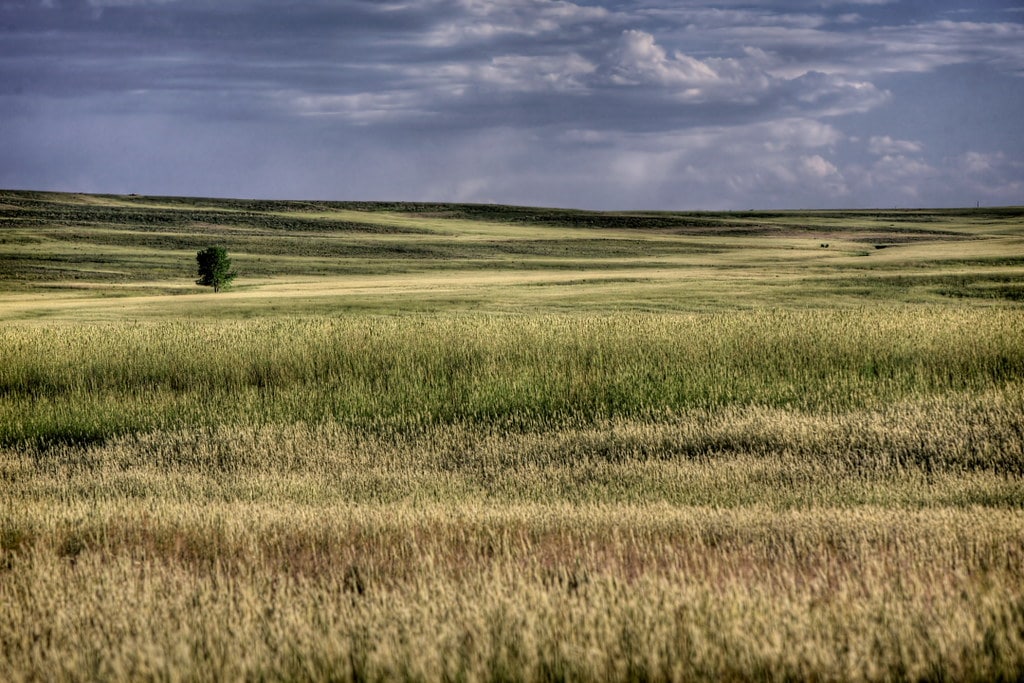
The High Plains of Colorado is an area bordered by Kansas to the east and the foothills of the Rocky Mountains to the west, making up a part of the Great Plains. The High Plains also extend throughout the Midwest and up north in states like Nebraska, Kansas, eastern Montana, southeastern Wyoming, western Oklahoma, and South Dakota.
Landscape
The region is distinguished by mostly rolling plains, divided by the South Platte River and Arkansas River valleys. While the land appears scarce, there are many riparian forests along the major rivers, canyons, buttes, and several natural lakes throughout the region. Seemingly flat, the High Plains rise at roughly 3,400 feet along the eastern border of Colorado and Kansas to 7,500 feet east of the Denver Basin.
Much of the land is made up of silty and sandy soils, minimal trees, drought-resistant grama, and buffalo grasses, also known as short grass. Two National Grasslands exist in Colorado and they are both on the Eastern Plains. The Comanche National Grasslands near La Junta and the Pawnee National Grasslands near Ault in northeastern Colorado.
Climate
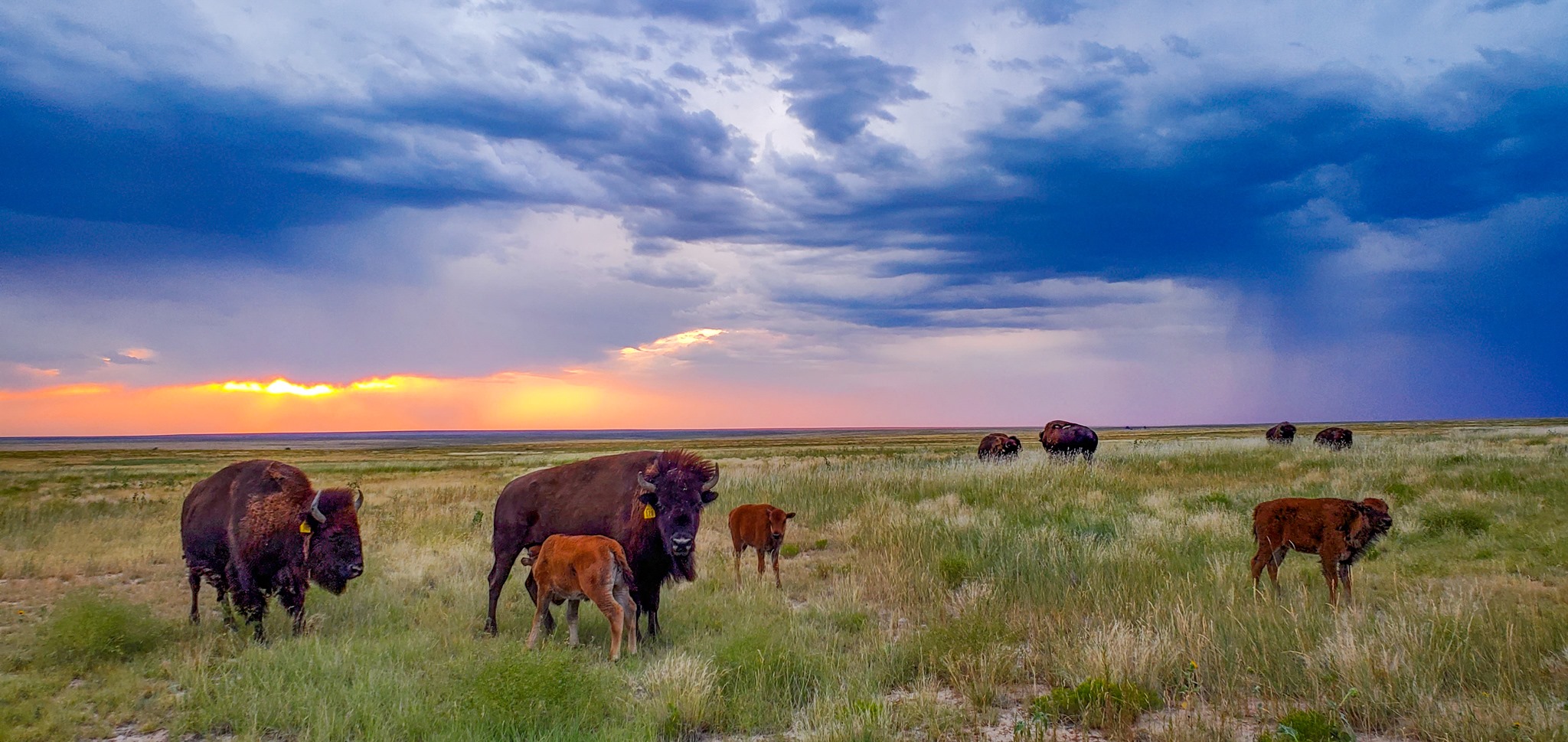
The climate is considered to be a cold semi-arid climate, receiving up to 20 inches of rain annually. Because of its unique position in higher elevation and its low precipitation, the High Plains can see a wide range of extreme temperatures and weather. In addition to extreme temperature variances, it is also known for its highly intense winds that sweep down from the Rockies.
Economy
While agriculture is the predominant industry out east in Colorado, the recent development of wind farms in the High Plains is one of the newest areas of economic development.
What to see and do on the High Plains
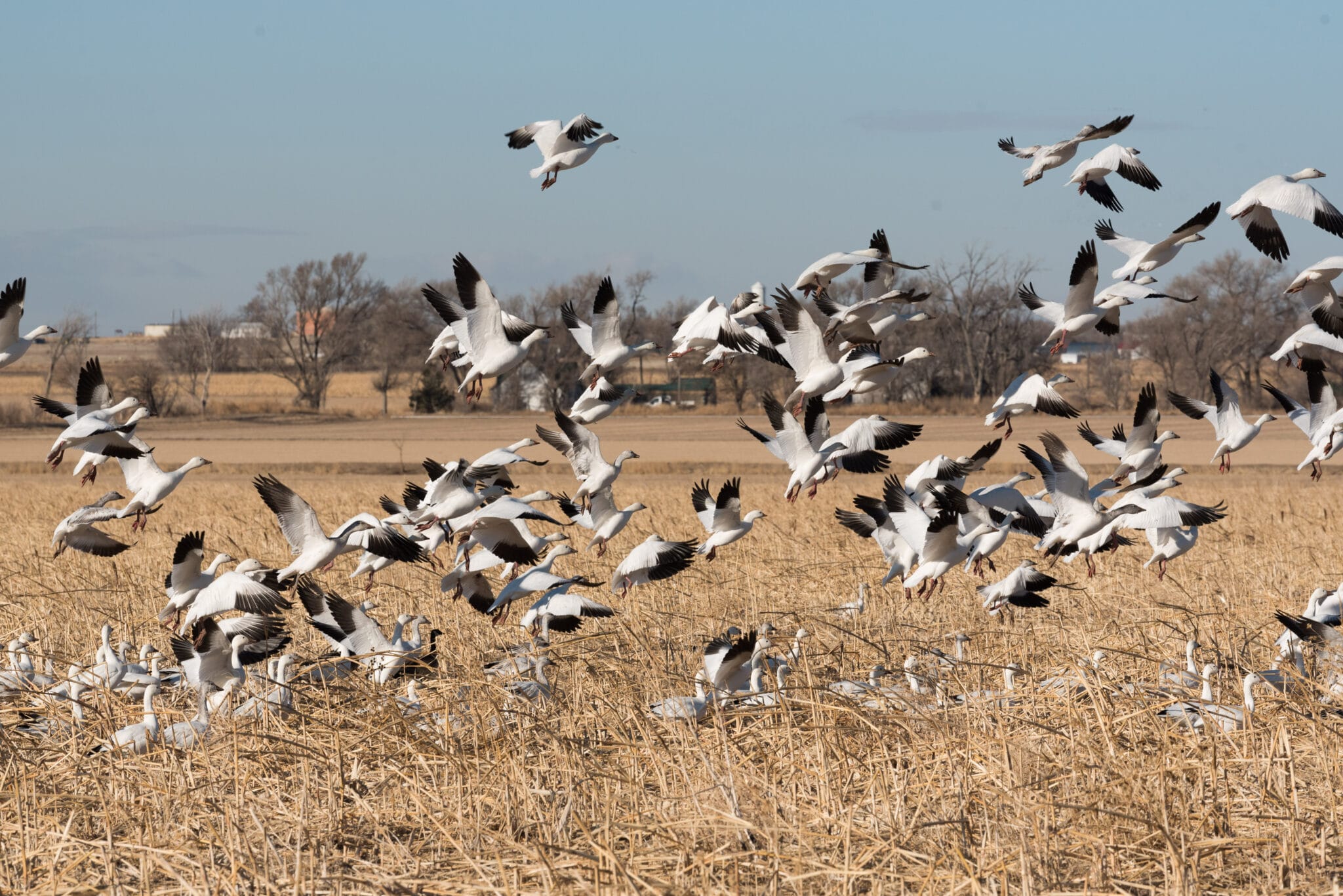
From birdwatching and hiking to historical landmarks and prehistoric sites, there is plenty to see and do on the High Plains of Colorado.
Birding in Colorado
While Colorado is known for its big game of elk, moose, and bear, it is also home to 100s of bird species that either make their home here or migrate to warmer weather. The plains create the ideal environment for bird watching.
The High Prairie and surrounding areas welcome over 400 species of birds, including Warblers, Snow geese, Grosbeaks, Mountain Plovers, and Buntings. They make their homes amongst the grasslands, craggy outcrops, isolated ponds, and rivers edged with cottonwoods and willows.
There are 20 birding trails on the Eastern Plains, featuring a variety of sites where you can view wildlife. Some trails include hiking or walking paths where you can observe different wildlife and scenery.
Several significant migrations happen every year, which some of the communities of the Eastern Plains host festivals in honor of these events.
Snow Goose Migration
Every winter, along the snow goose trail near the town of Lamar, a swirl of snow geese descends upon the High Plains of Colorado. This annual migration lasts up to two weeks and can be witnessed within state wildlife areas, local reservoirs, and area farms.
Beginning on the Great High Plains, a typical northern migration can see 200,000+ snow geese returning from their wintering homes in the south. As they make their way north, the snow geese stop at local reservoirs and grasslands to feed. In celebration of this migration, the town of Lamar hosts the annual High Plains Snow Goose Festival in early February.
Mountain Plover migration
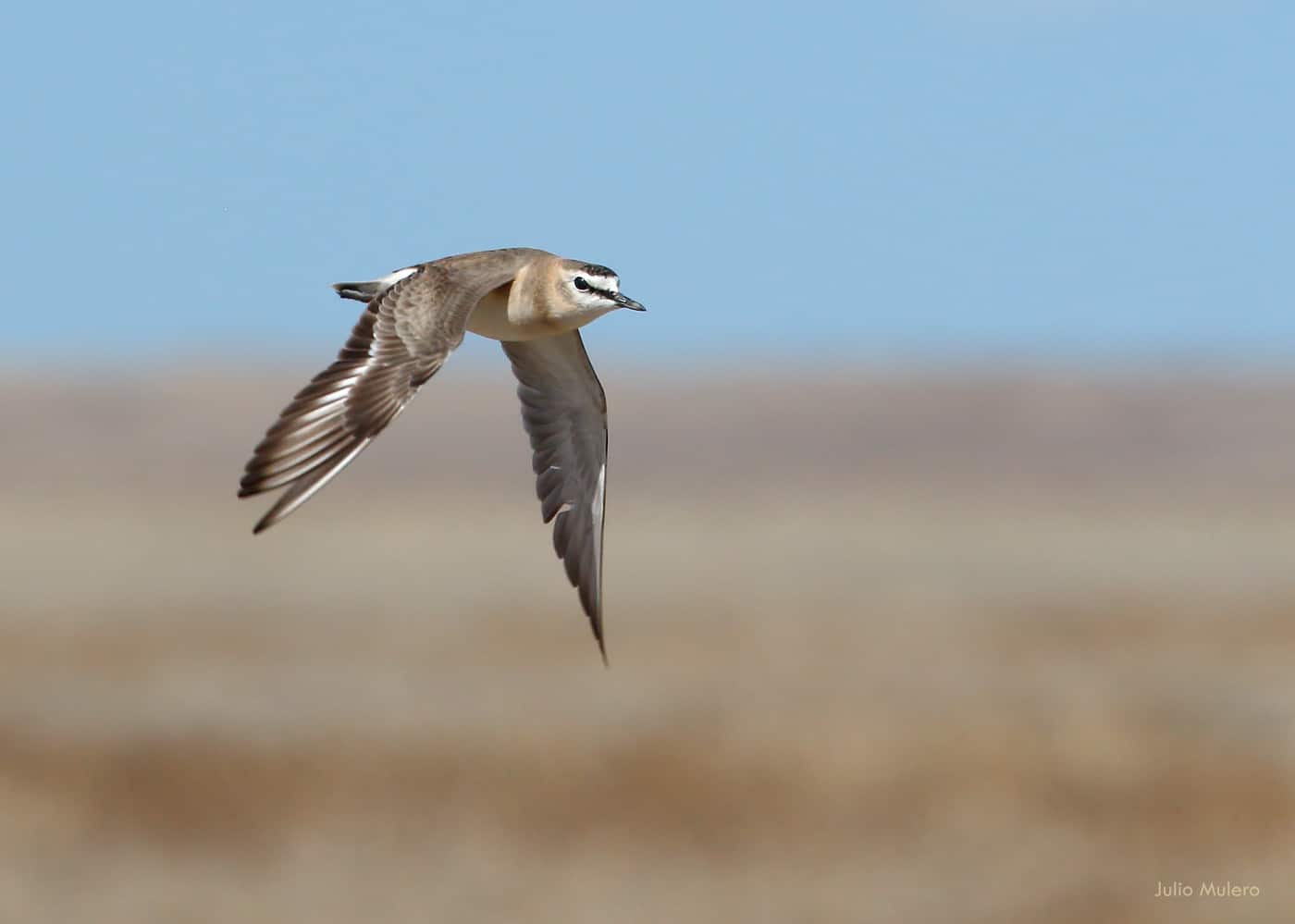
Early April is when the Mountain Plover begins to arrive along Colorado’s Eastern Plains. East of Pueblo is the Plover Trail, where the attraction here is the short grass prairie and fallow fields grassland-loving mountain plovers to the snow plovers resting on the lakeshores.
In fact, the town of Karval hosts an annual Mountain Plover Festival each spring to celebrate this annual migration. For more information about the birding trails and migrations, visit coloradobirdingtrail.com.
Historic sites
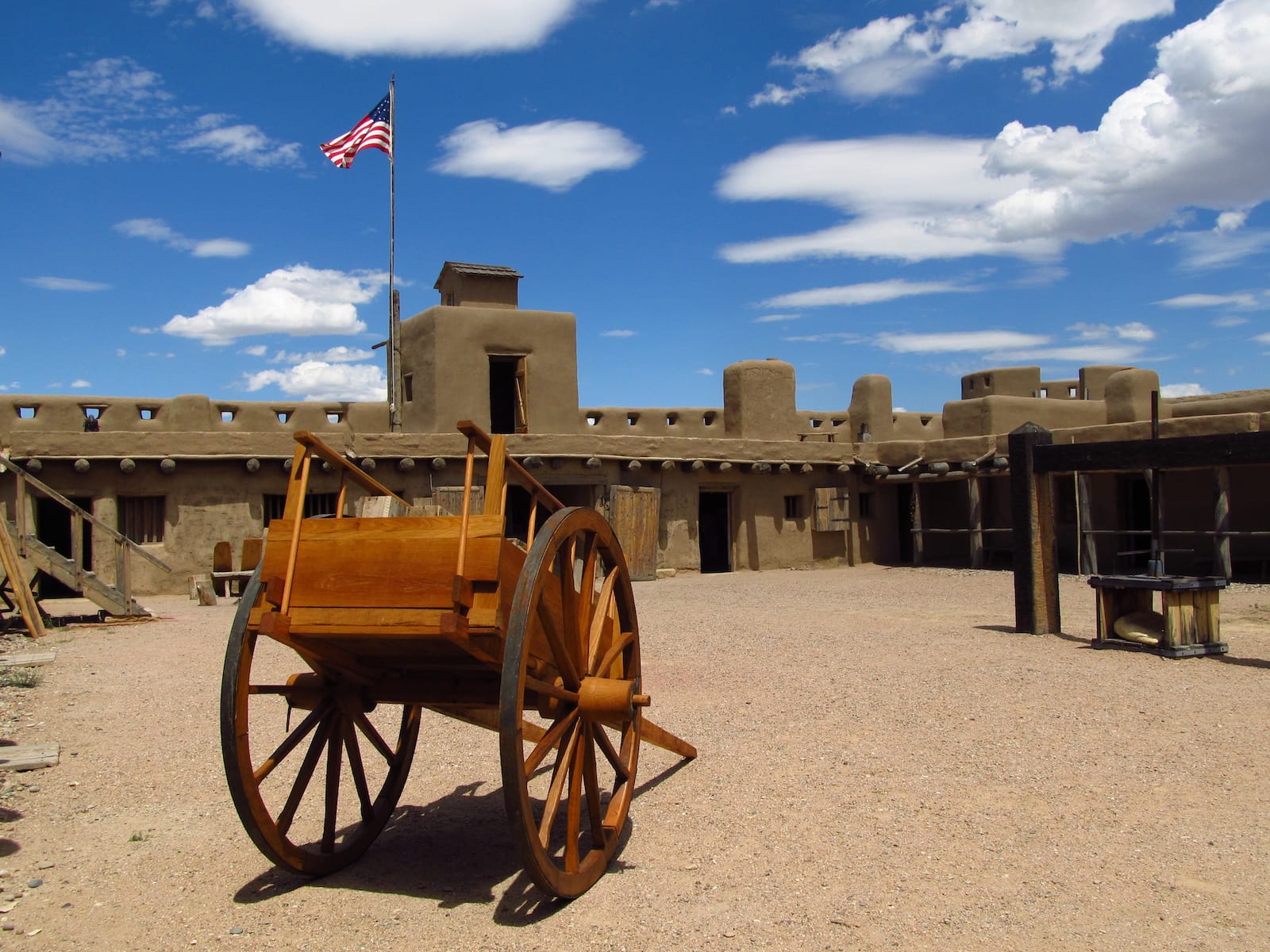
The High Plains are steeped in history dating back to its earliest settlers of the Ute, Cheyenne, Arapaho, Apache, and Shoshone tribes. Today, visitors can visit these historic sites that helped shape our country for future generations.
Bent’s Old Fort
Bent’s Old Fort, located in La Junta, was an important stop along the Santa Fe Trail and is one of southeastern Colorado’s biggest attractions. The fort was originally built in 1833 and served as a retreat for weary travelers.
While what stands today is a replica of the original, visitors can still get a sense of what life was like during the unforgiving times. Guided tours are available in the summer.
Sand Creek Massacre National Historic Site
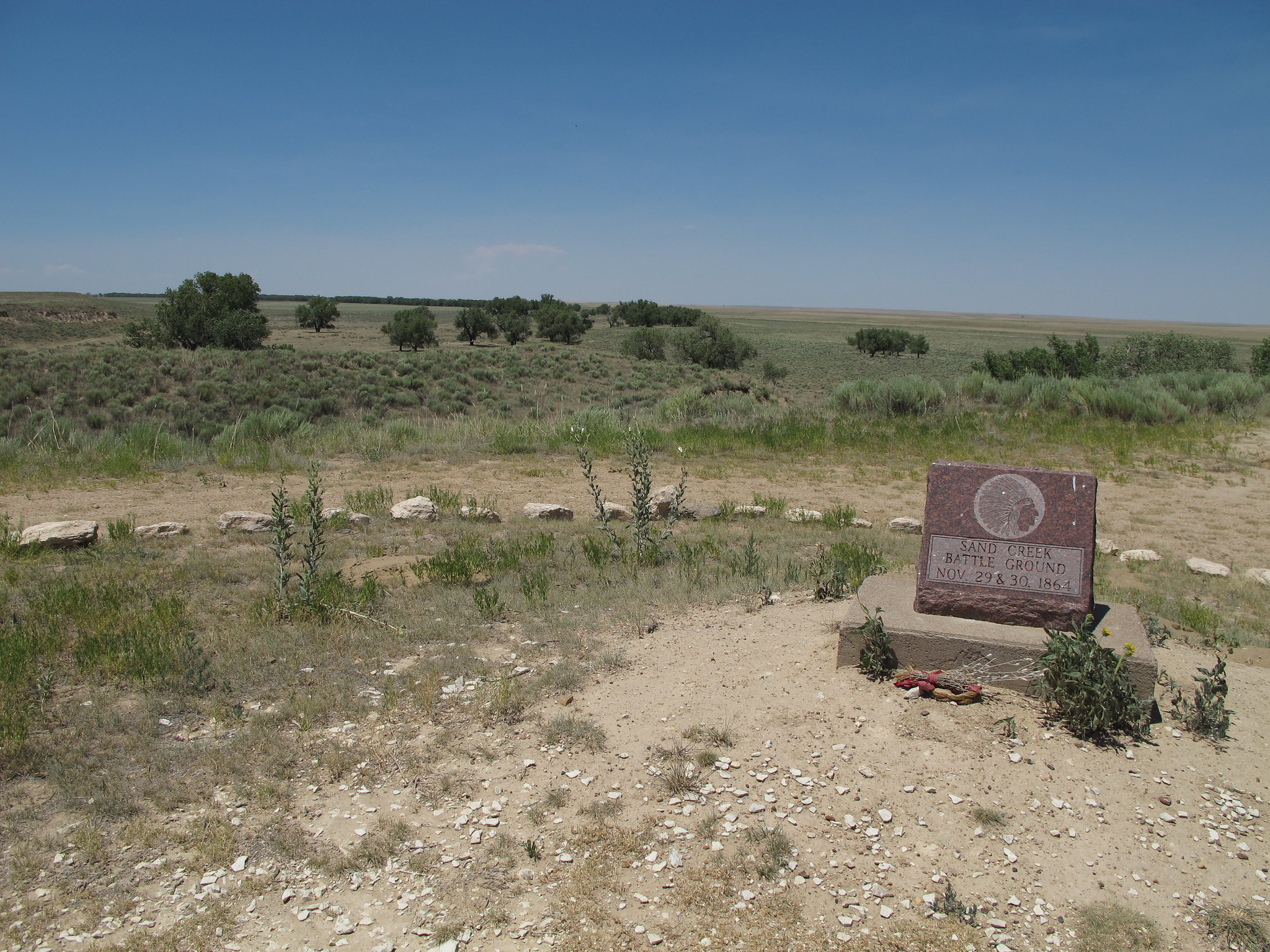
The memorial site near Eads honors the 200 Cheyenne and Arapaho Indians who died here in 1864 when U.S. soldiers attacked their camp. This single event is known to have changed the Great Plains forever. Visitors will find a small visitor center, interpretive signs, and monuments located from a vantage point overlooking the massacre site.
Camp Amache Relocation Center
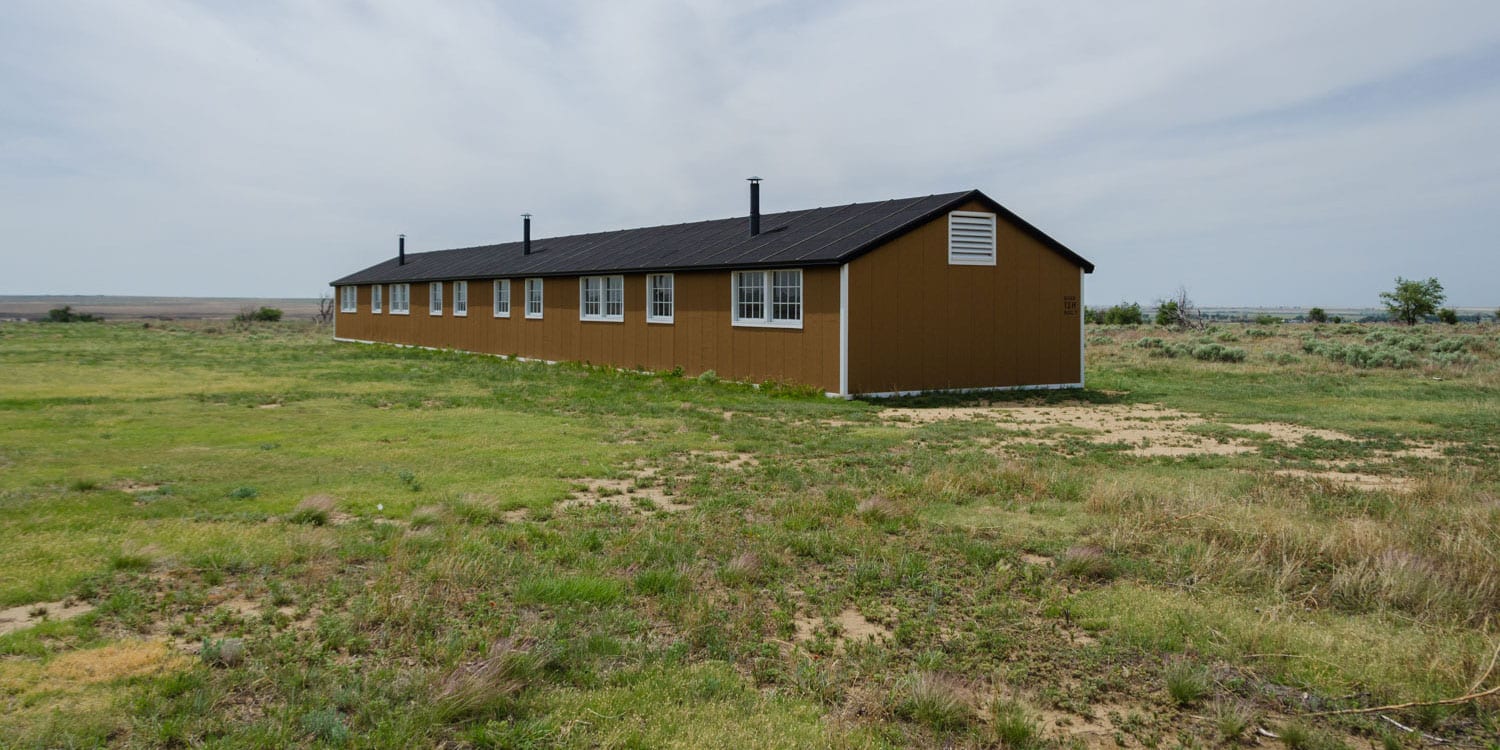
Located near the small town of Granada is the Camp Amache Relocation Center. Set out on the High Plains, it was built to be hidden from the rest of the world. Originally built to be hidden from the rest of the world, Camp Amache was one of ten relocation centers the U.S. government built to house the internment of Japanese Americans during World War II.
Over the two years it was open, it saw 10,000 people come through, with 7,500 internees at its height, making it at one point the tenth-largest city in Colorado. What remains today at this national historic landmark are only a few remnants, including a water tank, the original concrete foundations, guard watchtowers, and a cemetery.
Santa Fe Trail route
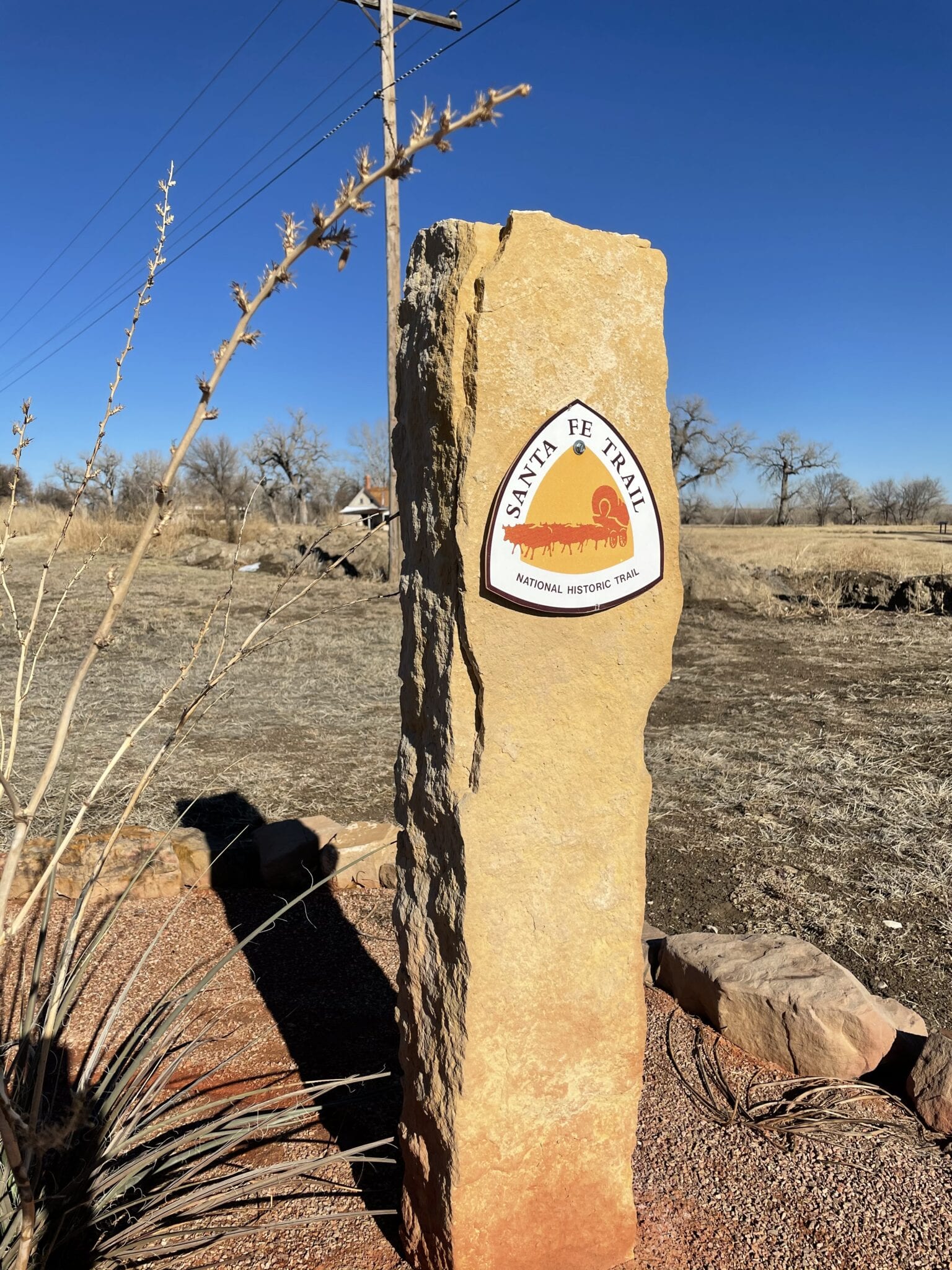
The portion of the 900-mile Santa Fe Trail that stretched from Missouri to Santa Fe, New Mexico, was called the Mountain Branch of the Santa Fe Trail. The route ran through the southeastern part of the state, from Trinidad to Holly, on the Colorado/Kansas border.
Historic land markers highlight the old stops along the route in places like Boggsville, Bent’s Old Fort, Granada, Holly, Lamar, La Junta, and so many more. Keep your eye out for the designated signs and the old wagon ruts of the original Santa Fe Trail that once ran through this part of the state.
Outdoor recreation on the High Plains
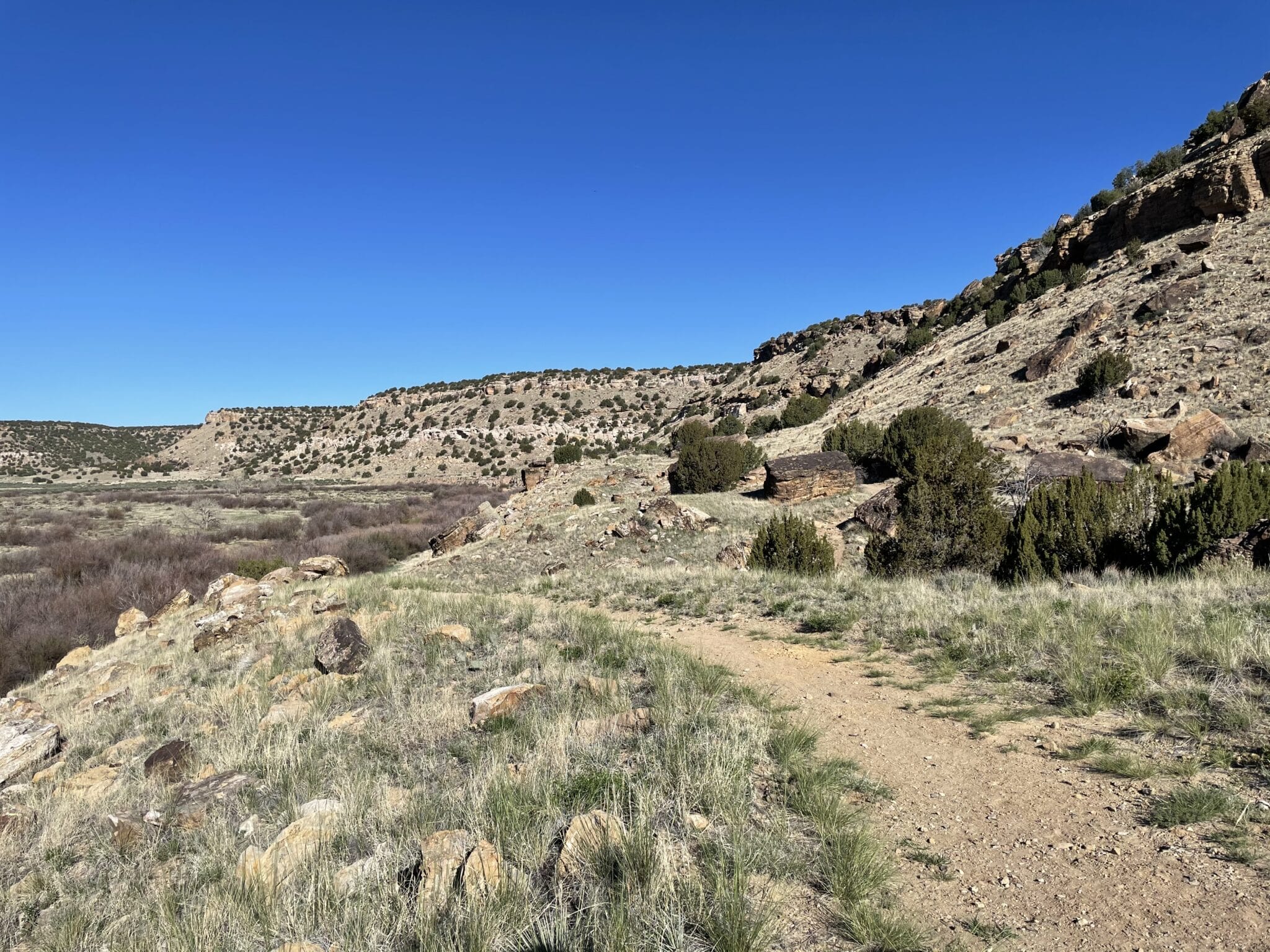
Instead of heading to the mountains for your outdoor adventures, find some peace and quiet on the trails out east. There’s plenty to see, and trust us, you won’t miss the crowds.
Picketwire Canyon
Located in the Comanche National Grasslands, the remote and primitive Picketwire Canyon is a rare historical site that is home to the largest dinosaur track site in North America. Nearly 2,000 dinosaur prints in 130 separate trackways extend across a quarter-mile of bedrock along the banks of the Purgatoire River.
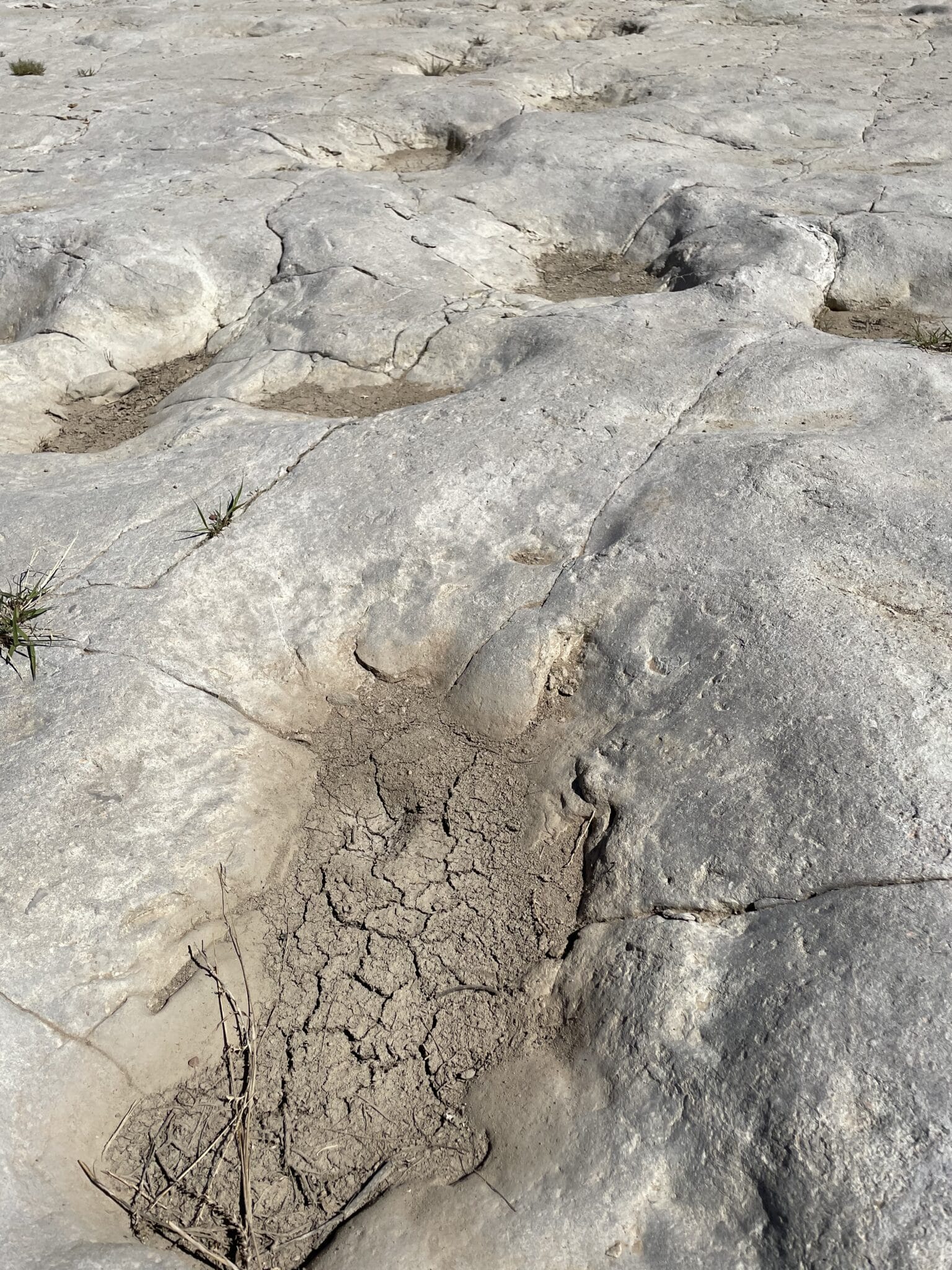
Visitors can access the site by taking a hike through the canyon for a total of 11.2 miles. The trail is relatively flat, with a mild descent into the canyon from the Withers Canyon Trailhead. There is also camping at the trailhead.
Vogel Canyon
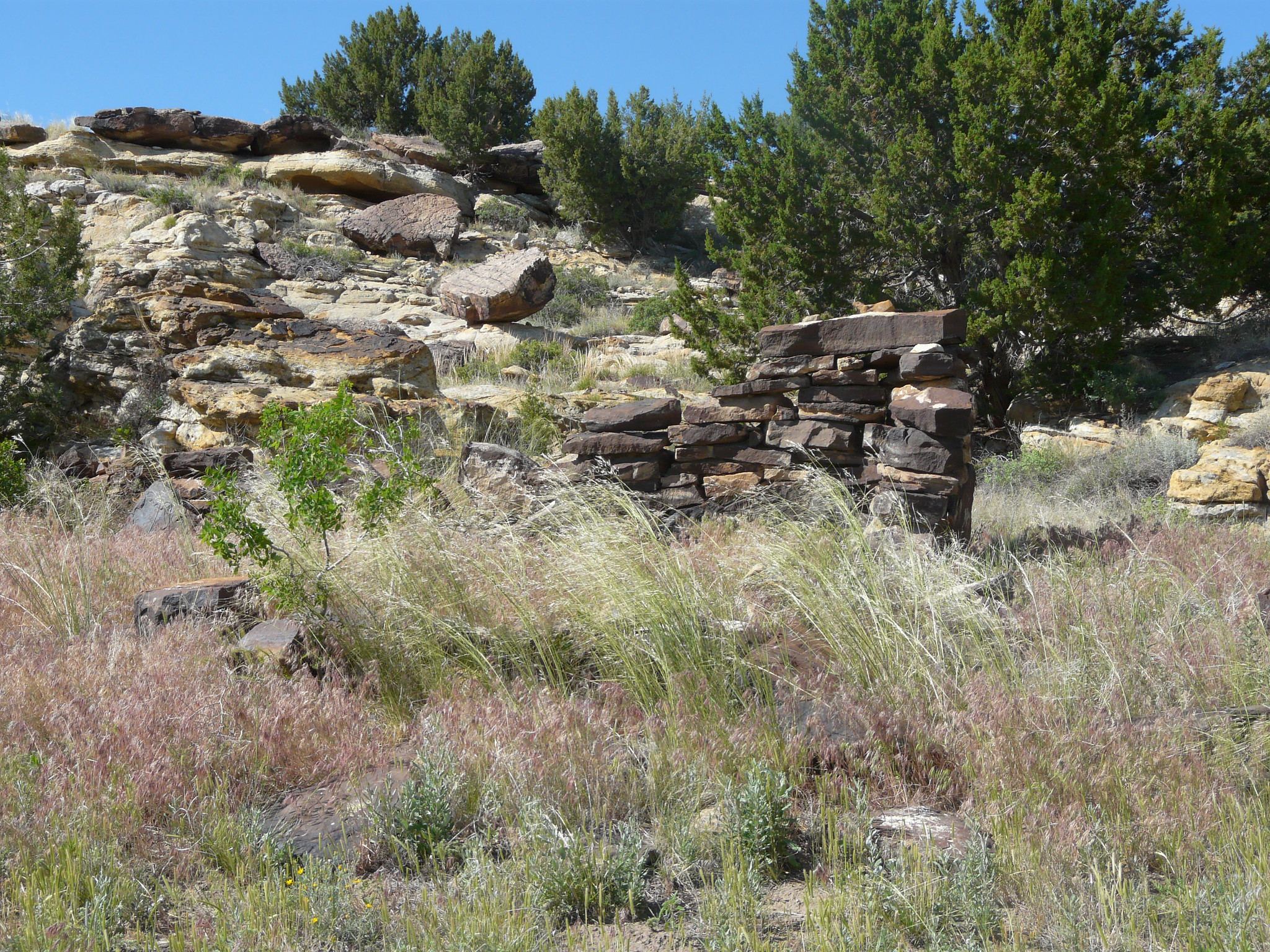
When people think of the High Plains of Colorado, they don’t necessarily think of canyons. While they aren’t the deep carvings of the Grand Canyon, places like Vogel Canyon provide much for the adventurer.
As a tributary of the Purgatoire River, Vogel Canyon is a hot spot for a variety of wildlife. Plus, its rich history dates back 800 years to when American Indians lived in the canyons. View the ancient petroglyphs along the canyon walls and the remains of an 1870s stagecoach stop.
There are four hiking trails, ranging from easy to moderate. Plus picnic tables and restrooms.
Pawnee Buttes
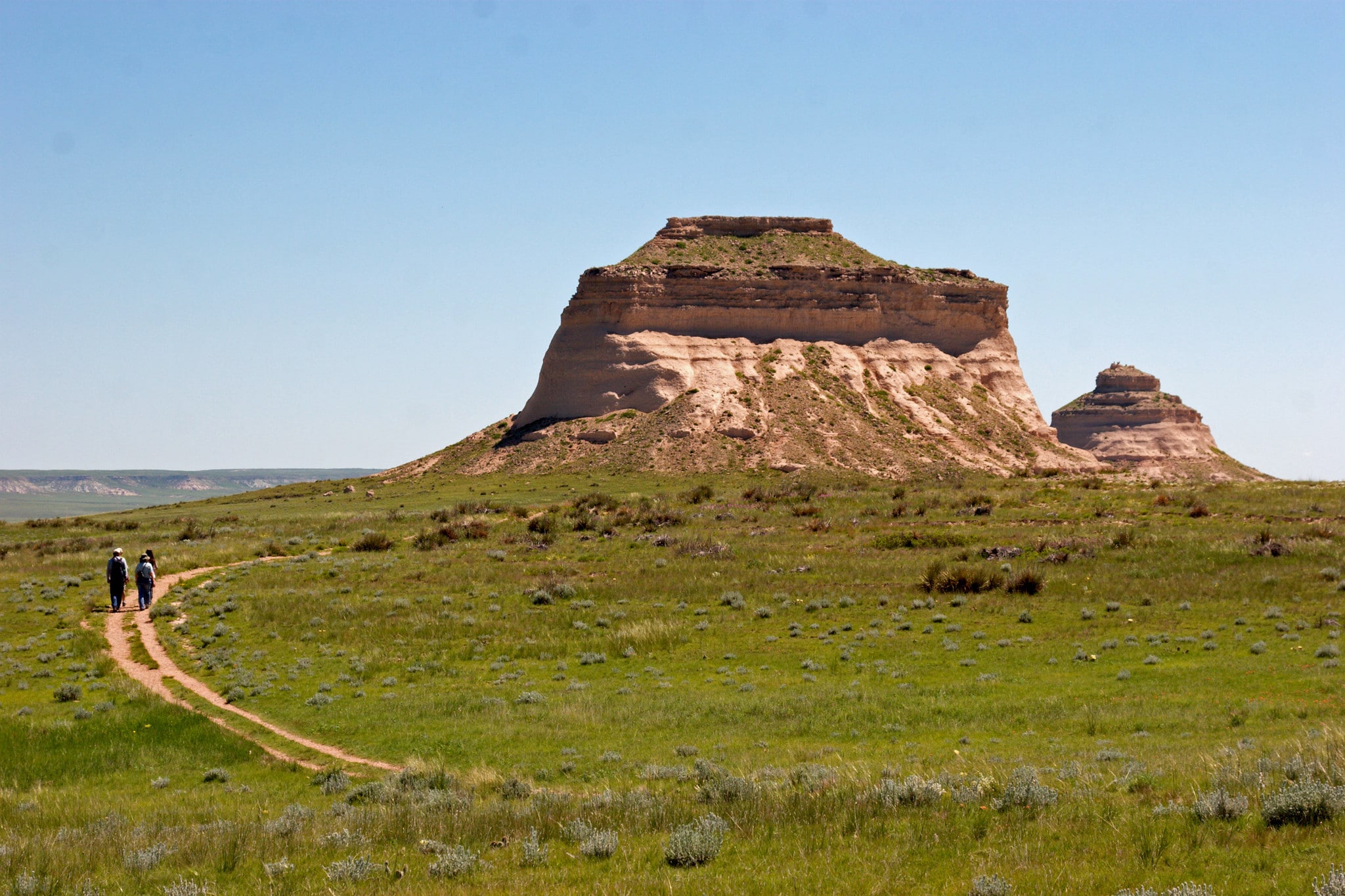
Another great stop for a hike is at the Pawnee Buttes Trail. Located about 110 miles northeast of Denver, the trail is located within the Pawnee National Grassland. The iconic Colorado landmark is two buttes that rise 300 feet above the prairie grass.
Gain an up-close perspective along the 4.1-mile out-and-back trail, where hikers can experience the buttes up close. In the spring, colorful wildflowers lay the groundwor,k and almost year-round birders take flight in the area’s migratory birds. Camping is allowed near the trailhead. Picnic facilities are available as well.
Painted Mines Interpretive Park
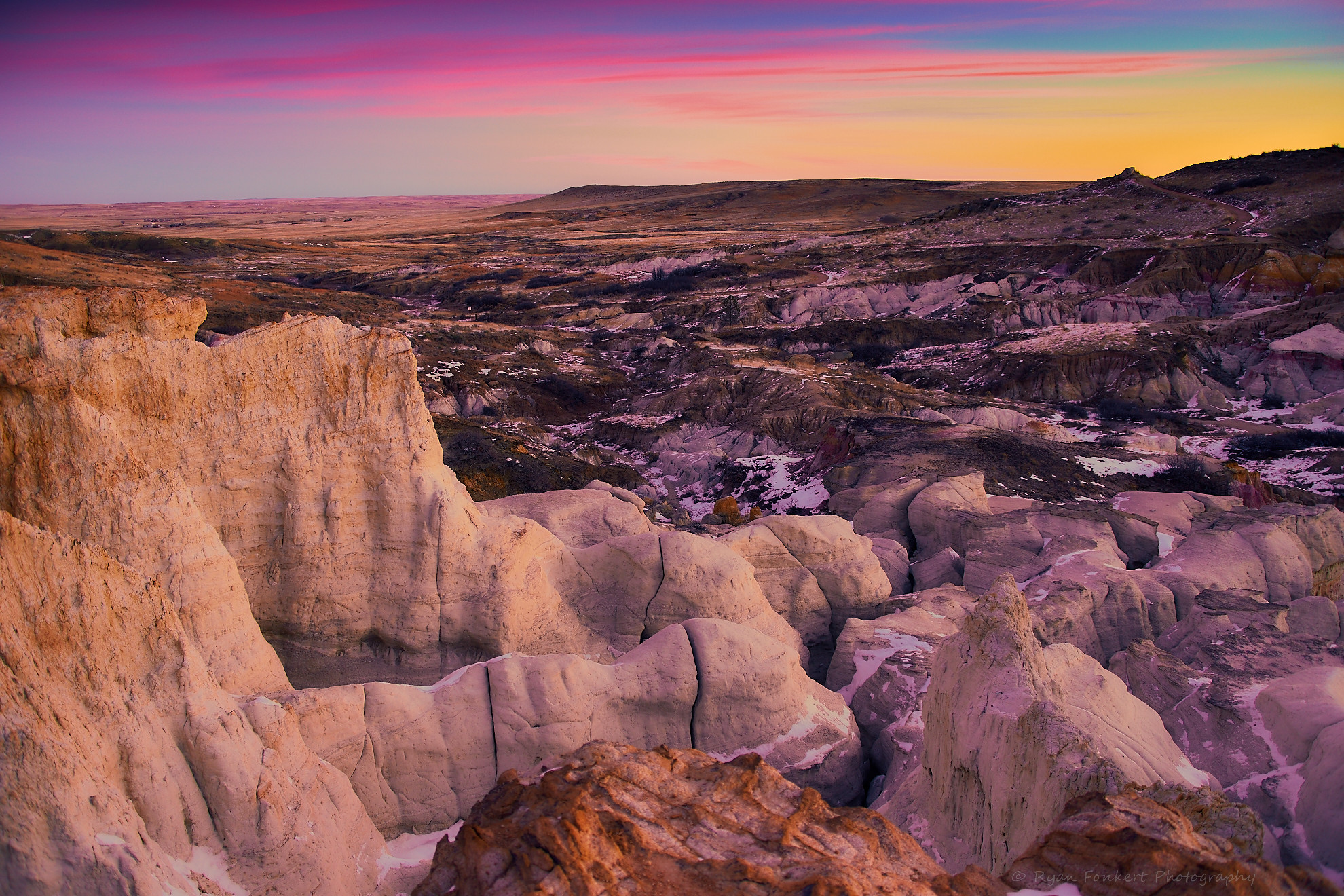
Located 30 miles east of Colorado Springs, near the town of Calhan, is the Paint Mines Interpretive Park. This unique geological site features hoodoos, colorful clay, and white-capped sandstone spires. Beyond its colored walls, the area boasts a diverse ecological system with prairie, badlands, and wetlands attracting a variety of wildlife.
There are four miles of trail at the park. The most popular is the Paint Mines Trails, a 3.4-mile loop trail that takes visitors down into the canyon. To help preserve this beautiful place, do not climb or walk on the sandstone structures.
Discover what makes the High Plains of Colorado so special with these unique destinations.

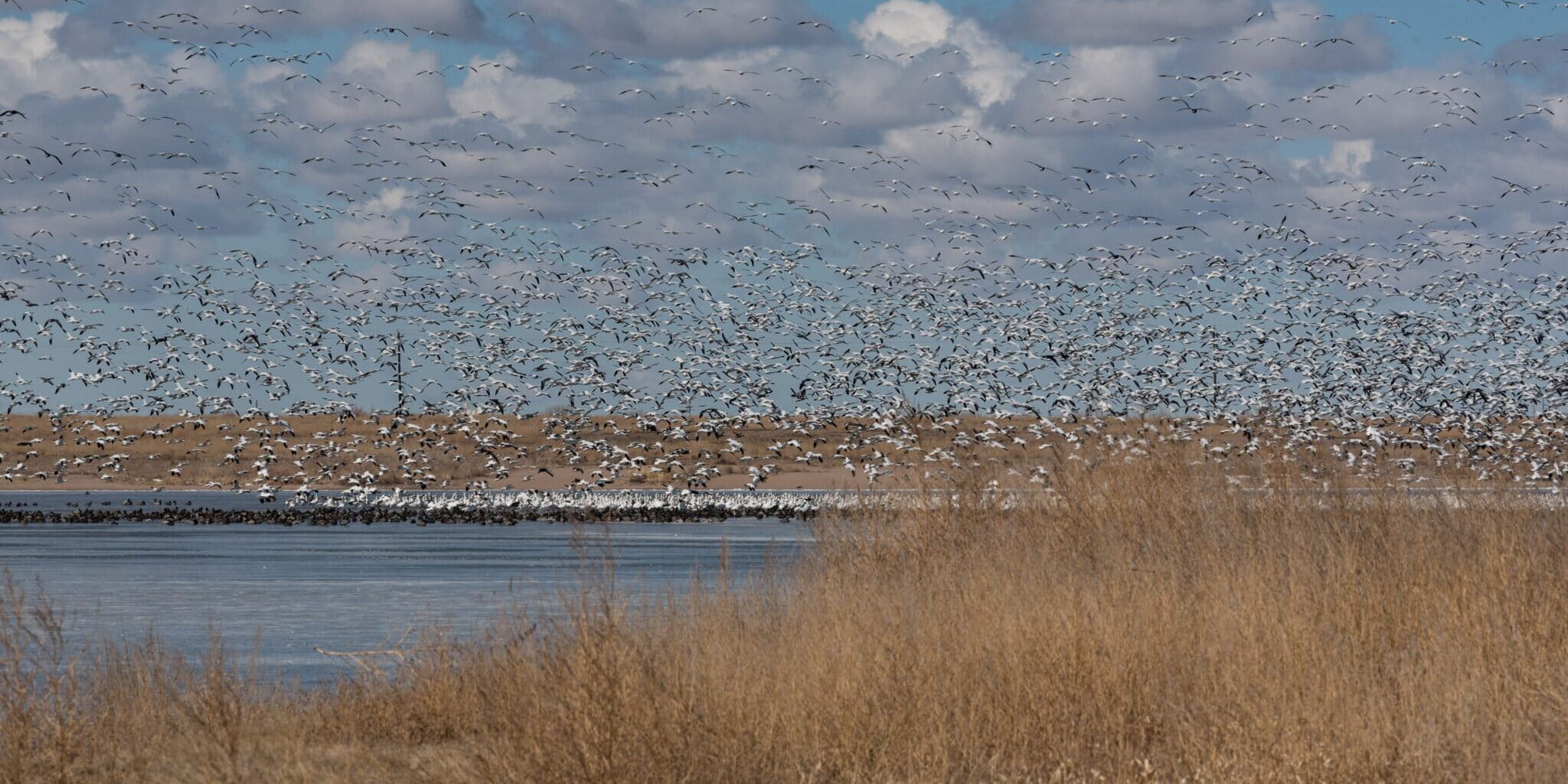
 5 Amusement Parks by Colorado Springs
5 Amusement Parks by Colorado Springs